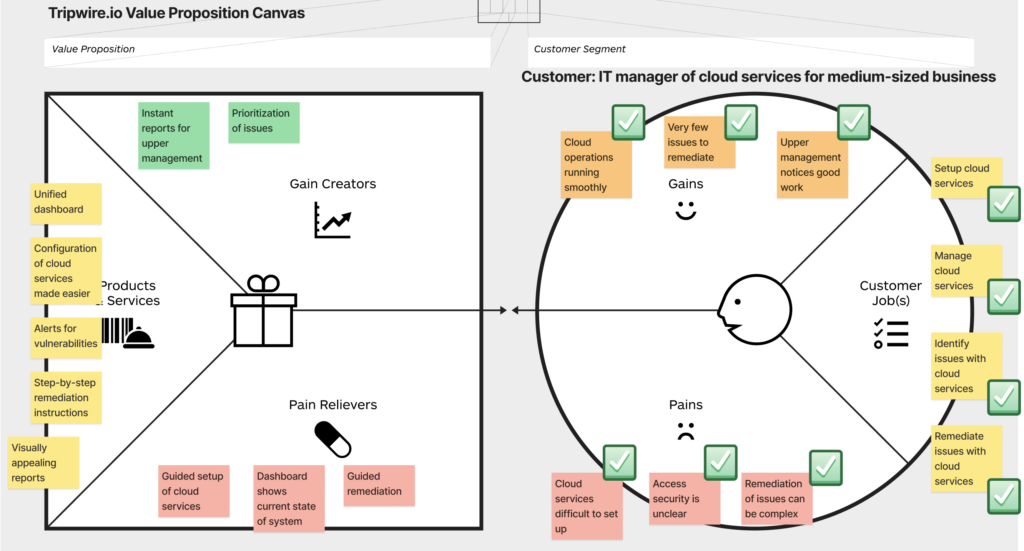Case Study: Enhancing Cybersecurity with Tripwire.io

ROLES
UX designer, UX researcher, UX team lead
TOOLS
Sketch, Balsamiq Mockups, Adobe Creative Suite, Wire-framing
SKILLS
Analytical Skills, User Experience Design (UED), User-centered Design, Customer Journey Mapping, UX Research, Information Architecture
PROBLEM
Tripwire customers were having difficulty monitoring the configuration of their assets in the cloud.
SOLUTION
I designed Tripwire.io, a cutting-edge security SaaS platform, empowering users to monitor the configuration of assets across AWS, Google Cloud, and Azure from a unified console.

Research and Discovery
I conducted comprehensive user research activities, including interviews, usability studies, observational field research, card sorting, prototype testing, and competitive product analysis. These insights informed strategic decisions, leading to improved user satisfaction. The hands-on approach to research facilitated a deep understanding of user needs and pain points, as show in the Empathy Map below.

Collaboration and Communication
I collaborated closely with developers, customer support, and product management to craft a robust product strategy, leading to successful product launches. I facilitated user interface reviews with designers and front-end developers, ensuring strict adherence to design standards and best practices. This collaborative effort resulted in a more cohesive and user-friendly interface, improving development efficiency.

Design and Prototyping
I oversaw the end-to-end product journey, visualizing concepts, and prototyping at various fidelity levels. The designs for web, iOS, and Android platforms directly addressed user research findings, functional requirements, technology constraints, and business goals. This approach led to enhanced user satisfaction and streamlined workflows.



Based on user feedback, the Policy Results screen was updated to have the details pane appear on the right side of the screen.

Agile Development
I led Agile project teams in defining, designing, and creating innovative products, services, and customer experiences. This agile approach, including design sprints and rapid testing of new ideas, resulted in faster time-to-market and successful introduction of innovative features. The collaboration with developers, customer support, and product management ensured a holistic and efficient product strategy.
User Research
Utilizing usability tests and contextual inquiry, I compiled qualitative and quantitative data to help prioritize design iterations. For example, based on user feedback from a usability test, I added the ability to switch between light and dark modes. This simple feature greatly improved the usability and accessibility of the site.


Additional screens



Outcomes
- Increased User Engagement: The platform’s success is evidenced by increased user engagement, driven by a user-centric design that addressed real-world challenges in the cybersecurity landscape.
- Improved Operational Efficiency: The seamless integration and streamlined workflows resulted in improved operational efficiency for security professionals using Tripwire.io.
- Enhanced Product Functionality: The collaboration with cross-functional teams and an agile development approach led to enhanced product functionality, meeting the evolving needs of users and staying ahead of the cybersecurity curve.
- Positive User Satisfaction: The user-centric design approach, informed by comprehensive research, resulted in a platform that not only meets users needs but also delights them, contributing to positive user satisfaction.
In conclusion, the hands-on approach to UX design, coupled with agile methodologies and effective collaboration, played a pivotal role in the success of Tripwire.io. The platform stands as a testament to the positive impact of user experience design in the realm of cybersecurity.


